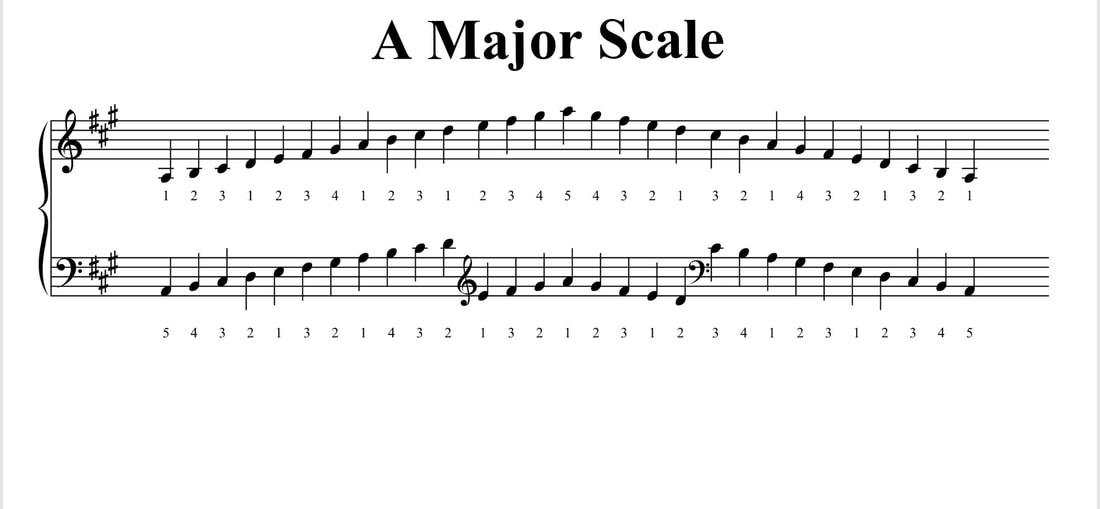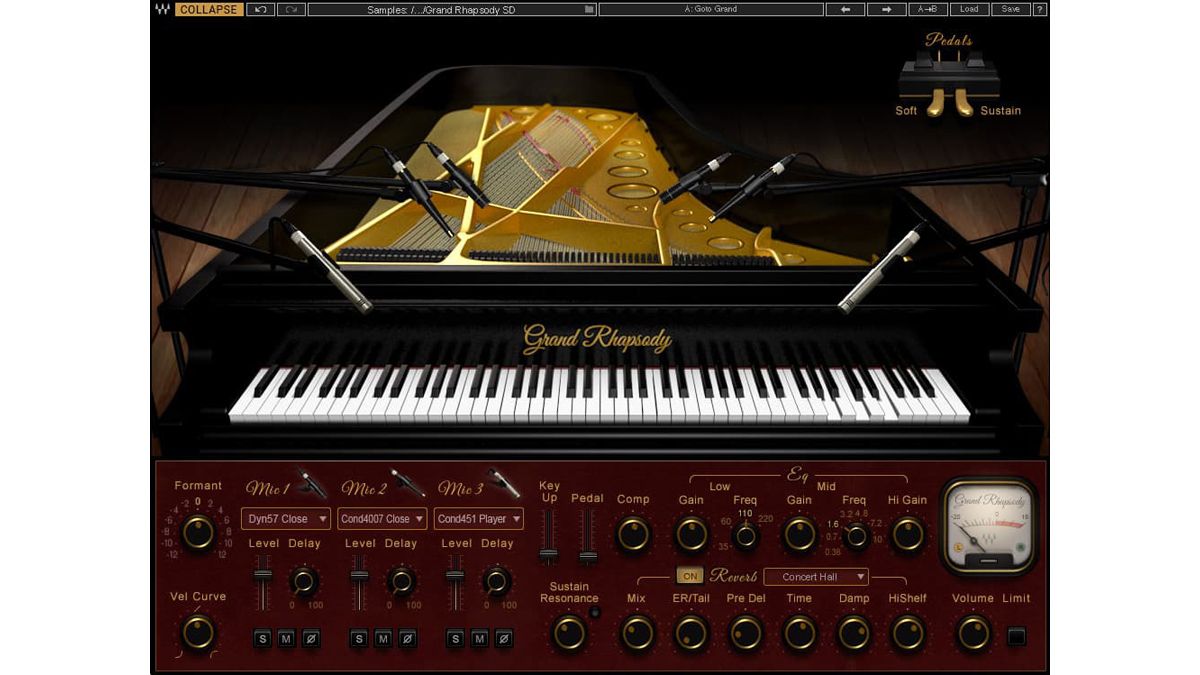

With an easier setup process, and full height adjustment, the laser cut Grand Music Stand has many other benefits including: New improved shelf angle, simplified strapping and reduced hand grips holes to improve annotation/markup support and new strengthened packaging. on your existing fixed stand and sheet music/books/iPad on your GMS. This laser cut acrylic stand also includes a soft-padded upholstered velvet rest and straps, ensuring that the stand will not scratch or scuff the piano. This is a fantastic upgraded product for those who want to play from sheet music on an acoustic upright piano, but still want to maintain the music stand height of a grand piano. An Australia made product by Pianists for Pianists. Information - Concerts, News,FAQs, Archives. Organs - Electronic (B3 etc.), Pipe, Theatre. Who's Who - Professional Pianists on Piano World Member Recordings - Non Classical Pianist CornerĮVENTS! Piano Concerts, Recitals, Competitions.įun Stuff! - Parties, Tours, Projects & More.įorum Members Parties, Tours, Cruises, & M. MY NEW PIANO or KEYBOARD! - Share Your Story! I've read it's better not to close the fallboard so some air can circulate around the keys and action but don't know if that's universally recommended.ĭigital Pianos - Electronic Pianos - Synths &a. I'd have to wait at least ten years without any dusting for the soundboard too look dusty but I rarely open the windows in the room. I never close the fly lid and have my tech dust the soundboard once a year although there's barely any dust on it. I would never let my piano get like that.I think the amount of dust that collects on the soundboard is a function of how much one keeps the windows open, how dusty a region one lives in and whether one raises the lid when playing(I never do). The consequence of this was that the interior of the piano became absolutely filthy and this was not in a particularly dusty area. A friend had a grand piano that they kept with the fly-lid kept permanently open. Like ShiroKuro I always close the piano up completely when I finish playing - the fallboard, the fly-lid and the main lid. We are not so far above it, after all: "Dust thou art." In the decision to allow an intentional gap between the rim and lid of the piano, I have to believe that ventilation was judged to be in the best interest of the piano, even if the gap lets the fine dust make its way inside.

Were we to revisit the matter, Dust might be named as the State Bird of California. I have become very leery of dry-cleaners, especially when it comes to unusual and expensive items. It is inevitable that the string cover will need to be washed, eventually. I particularly love merino wool, which is soft and not scratchy, and which can be washed in the machine (but NOT dried in the drier, unless you want your clothes to come out like doll clothes). I agree with you, though, when you sing the praises of wool, the miracle fiber. Luckily, we remember the baby and forget the diaper pail, and my youngest brother turned out to be well worth the investment.) I am old enough to remember the mess and smell- and diaper pin sticks- that came along with my youngest sibling's infancy.

(I wonder if this side branch of technology has been entirely lost, in this day of disposable baby booty covers. They do indeed become very soft after they've been washed a number of times. The lady at the shop where I bought my piano swears by 100% cotton baby diapers. They aren't cheap ($250-$600 depending on the size of the instrument), but I wouldn't be without one.Įxcellent pitch, Aaron, but for six hundred bucks I think I would just invest in a new ostrich feather duster.

Mine is crimson, matches the other felt, and looks great Also Dawson's string covers come in many colors, so it's possible to match the cover with the felt used in the rest of the piano, if you want (I'm talking to you, Blüthner, Bechstein, and Bösendorfer owners). I don't do that because the wool felt mutes a lot of higher overtones, and I prefer to hear the piano's full range when practicing. This makes it possible to play the piano without removing the string cover. They are constructed with thin, wood "battens" that sit on the frame, so the wool felt doesn't actually touch the strings. String covers help regulate the humidity around the sound board because of wool's unique ability to "breathe," absorbing moisture but then releasing it slowly.ĭawson String Covers has patterns for just about every grand made, and their string covers are very high quality. I lower the lid after practice, too, but no need to completely close up the instrument. I roll up the string cover before practice (less than a minute to do it) and put it back after (about 1.5 minutes). I have a wool felt string cover that keeps the sound board free of dust and keeps the strings like new (no corrosion).


 0 kommentar(er)
0 kommentar(er)
